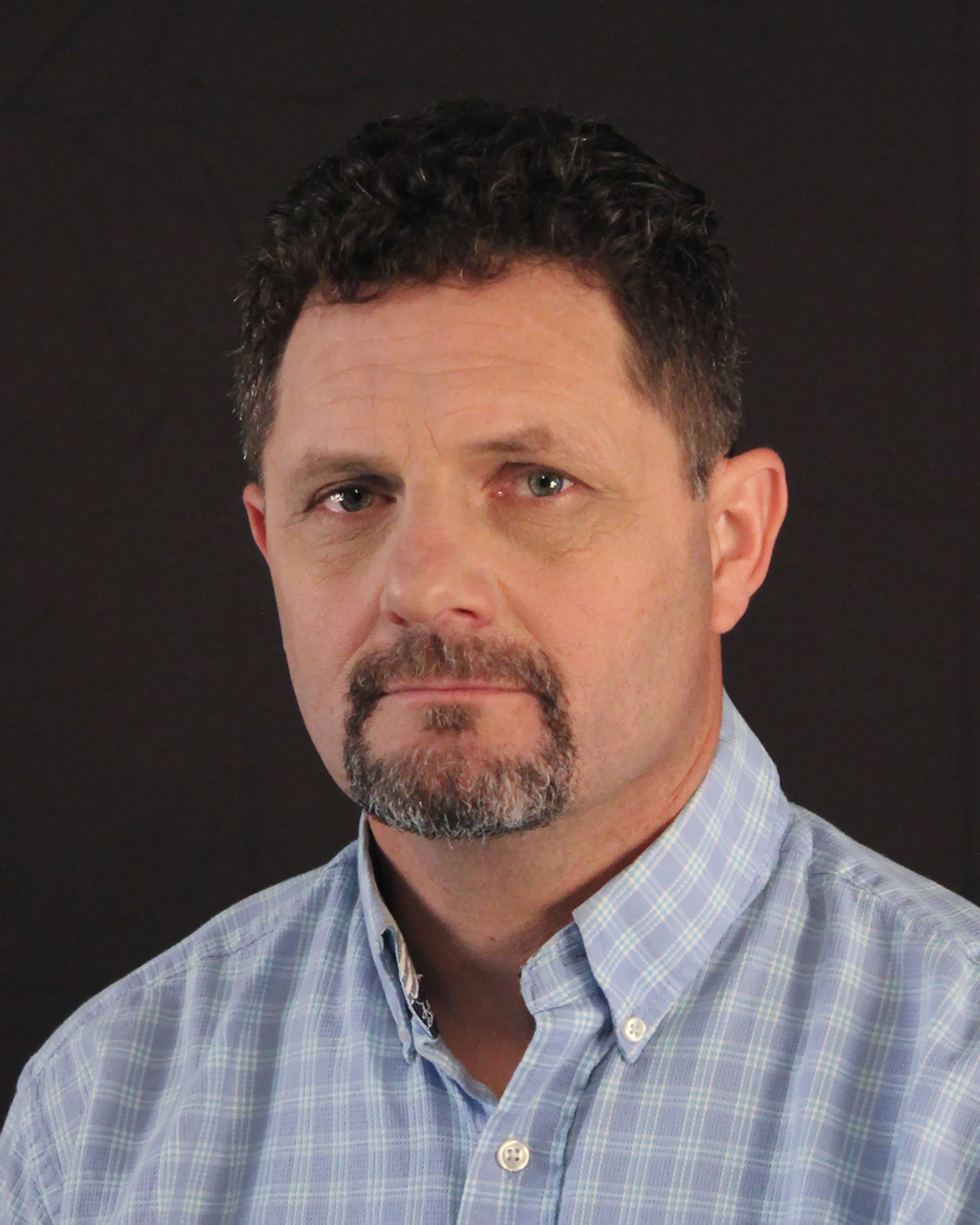
There are three definitions that come to mind when using the word “script”, first the word is often used in the place of prescription, when referring to doctor prescribed medications. Second the word script is used by computer programmers and web designers referring to a list of commands executed by programs of scripting engines used to generate Web Pages and automated computer responses. Lastly the word script is short for all the details of a screenplay for film, television or video game. It entails everything from movements, dialogues to expressions and tonal quality and the writer’s vision. This will be the version of script we will be referring to in this article.
When we think of a screenplay or reading a script at a table read (when actors sit around a table and practice lines prior to any filming), we think only of the words on paper. Todays script writers must have an array of mental processes taking place simultaneously to consider when writing a script for any digital platform. This article will discuss some of the processes a writer needs to be aware of when working on a project.
Digital tools and technology have altered the process of the script writing process by making use of the interned and a multitude of edition tools. The Interned has allowed script writers to forward their work to potential cast members and fellow writers for peer review. There are online forums such as screencraft and scriptmother where writers can go for ideas and reviews from other writers and even collaborate with other talented writers thousands of miles away.
There has been an amazingly significant increase in the last decade in low budget digital cameras that have enabled low-budget films to produce some very good quality cinematography. The editing in post-production has cut film production by almost ½ the time of what it was when film was actually on film i.e. 35mm. If someone wants a grainy look of the 1970’s you can’t beat film, but you better budget in the cost of transferring your grainy film to a digital format running at a minimum of 4K. Script writers must take into account their vision and the cost effects of production.
Film also has other disadvantages over digital like it is impossible to re-use film. Once it is shot that image is there for good and can not be written over or recorded over. This means that a day of shooting must contain the footage the director is looking for or that day and the recourses consumed that day are of no use and bust be re-shot or that scene deleted from the final cut.
With digital multiple cameras can run the same shot at the exact same time all with different angles then seamlessly blended in post-production. This is not something the script writer is concerned with but should be able to corroborate with the director should a question arise.
When writing a script in the past it was an idea, a notebook and a pen. All scripts were hand delivered and when collaboration with other writers took place it was usually a meeting around a table over a couple of days or weeks. Today the script will transform from the pen and paper to a computer where it will then be forwarded to many different people for review with just a couple mouse clicks. Each person that collaborates on a project doesn’t even need to get out of bed to have their contribution noted.
A major downside for the film industry is that piracy of copyrighted material is significantly less expensive than original works. This has led to many lawsuits against peer-to-peer networks and individuals as a result of the copying and distribution of materials. Screenwriters should be cautious of whom they send their scripts to for review and have a legalities and copyrights in place to ensure their work remains their work. This is something screenplay writers didn’t worry about in the past because they could easily just take their scripts and notes and keep them.
With the rapid modifications of movies every year the industry has forced the script writer to become somewhat of an audio and video enthusiast as well because these aspects are incorporated into film, television, and video games. This is an ongoing process that evolves almost daily in some industries, one example is postproduction and the constant upgrades of tools and software which lead to continual training and production costs.
Editors in different countries can now edit film for quality, wording, and sound by accessing digitized media on a server and working in real time with other editors across the globe each specializing in a particular field to create a script that had never been dreamt of a decade ago. Digital archives are also easy to save and store. Pixar had an incident when creating Toy Story 2, where one of the animators almost deleted the entire film while he was working on it at his house. Thanks to digital and the ease of backups this multi-million-dollar catastrophe was avoided.
A script is now sent to an effects department so the team there can begin the process of laying out a blueprint for background work and special effects. The script writer needs to be very proficient in his or her description of what they are trying to convey in each scene. It is clear there has not been an area of screen writing that has not been affected by technology and the digital platform. The major impacts for pre-production stage have been script writing tools and the learning curve of the digital age.
Script writing is no longer just merely a dramatic array of words and method actors like Rhett Butler and Scarlett O’Hara in Gone with The Wind. A script writer must envision the entire production and have the actor’s reactions and movements constantly on mind when writing. The screenplay writers in the future must have skillsets that far supersede that of even todays writers. Scripts have expounded to consume all aspects of the digital world. While the writer may not necessarily need to know how to apply the concepts of a green room effects and wire work coupled with a 3-D image of a bullet screaming past the actors ear, they must be able to envision the process to accurately convey this in the words they are writing.




